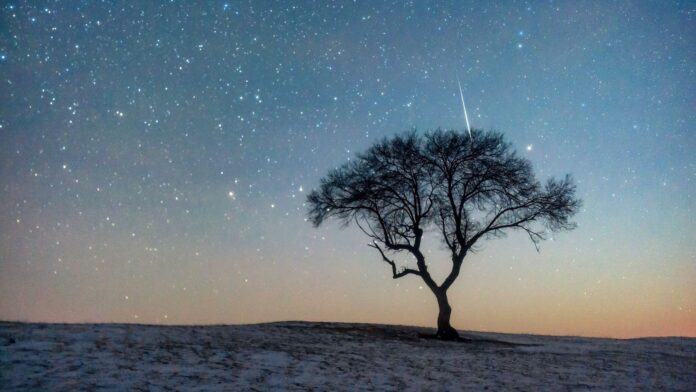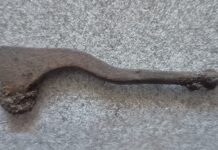Prepare yourself for a celestial treat. This year’s Leonid meteor shower promises an impressive display of shooting stars across the night sky, with potentially up to 15 meteors flashing by every hour during its peak on Monday morning (November 17th).
While the Leonids are active between November 6th and 30th, the real magic happens when Earth passes through the densest part of the meteor stream. That sweet spot arrives this year between midnight and dawn on November 17th. A key ingredient for optimal viewing is a dark sky – and that’s exactly what we have in store.
The Leonids are known for their speed, smashing into Earth’s atmosphere at a staggering 44 miles per second (70 kilometers per second). This incredible velocity often results in bright, sometimes fiery meteors leaving glowing trails behind them, making the experience even more breathtaking.
But what causes these celestial fireworks? Tiny particles shed by Comet 55P/Tempel-Tuttle create the Leonids we see streak across the sky. The comet itself makes a grand circuit around our sun every 33 years and will grace us with its presence again in 2031.
History remembers the Leonids for their dramatic meteor storms, when rates surpassed 1,000 meteors per hour. These spectacular events were recorded as far back as 1833, peaking in intensity in 1866, 1966 (dubbed “the finest in recorded history” by NASA), 1999, 2001, and 2002. Imagine a sky so dense with meteors that they appeared to rain down for over 15 minutes – that’s what witnessed during the incredible 1966 show!
While this year isn’t predicted to bring such an overwhelming display, the almost-new moon (just 9% illuminated) rising late in the predawn hours ensures clear skies for optimal viewing. No dense debris encounters are expected this time around.
Catching the Celestial Show
For a prime viewing experience:
- Time: Aim for the period between 2 am and dawn on November 17th.
- Location: Escape city lights and find a spot with an expansive view of the sky. Allow yourself at least 20 minutes to fully adjust your eyes to the darkness.
- Guidance: While meteors appear to originate from the constellation Leo, rising in the eastern sky after midnight, don’t limit your gaze. They can be spotted anywhere! A pair of binoculars or a telescope might help you spot fainter streaks. Remember, the celestial equator allows for viewing this meteor shower equally well in both hemispheres.
After the Leonids fade, mark December 13-14 on your calendar – that’s when the Geminid meteor shower takes over, promising an even more prolific display with up to 140 meteors per hour!





































